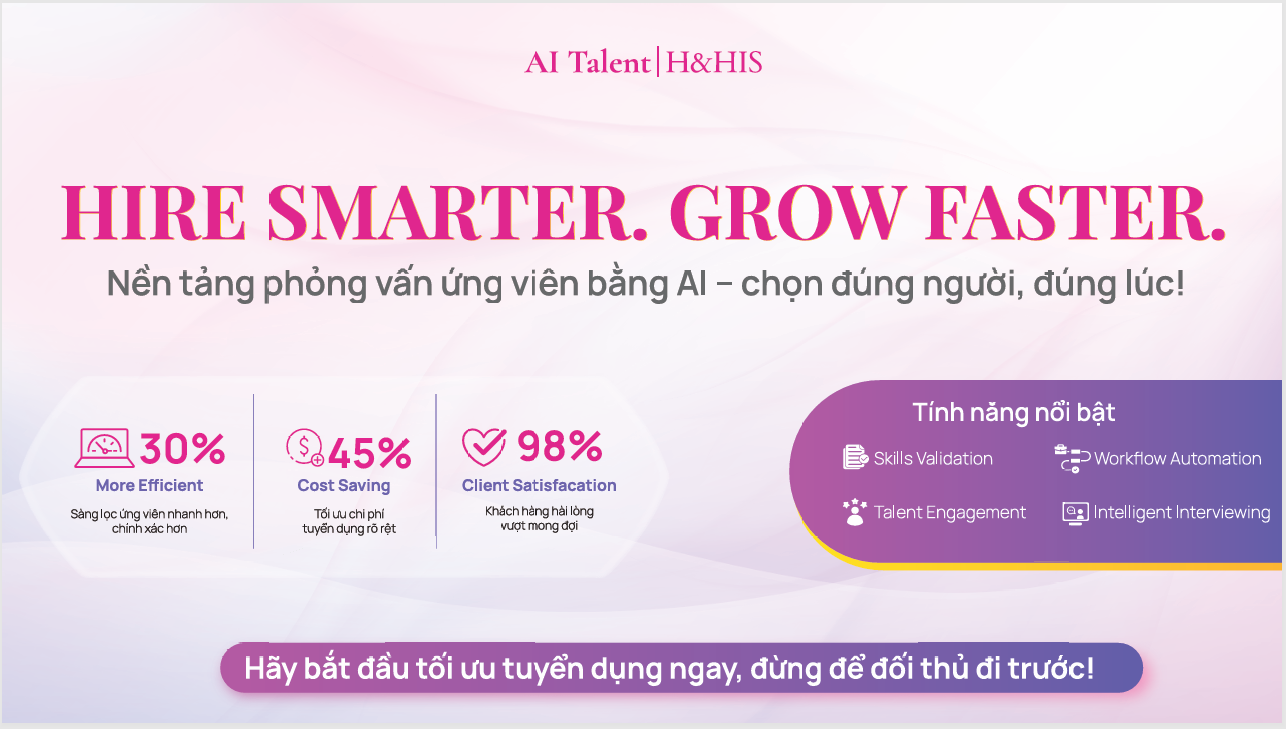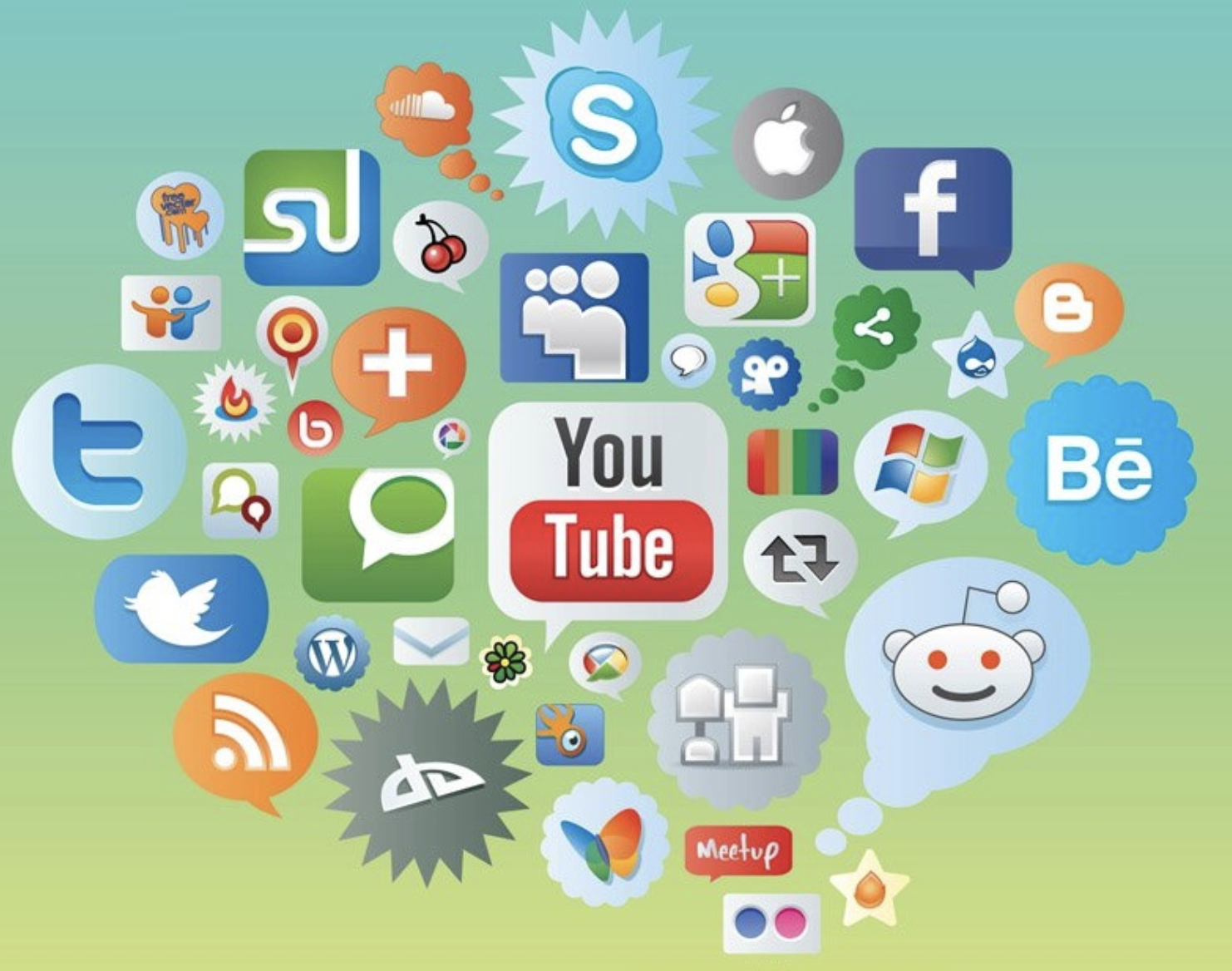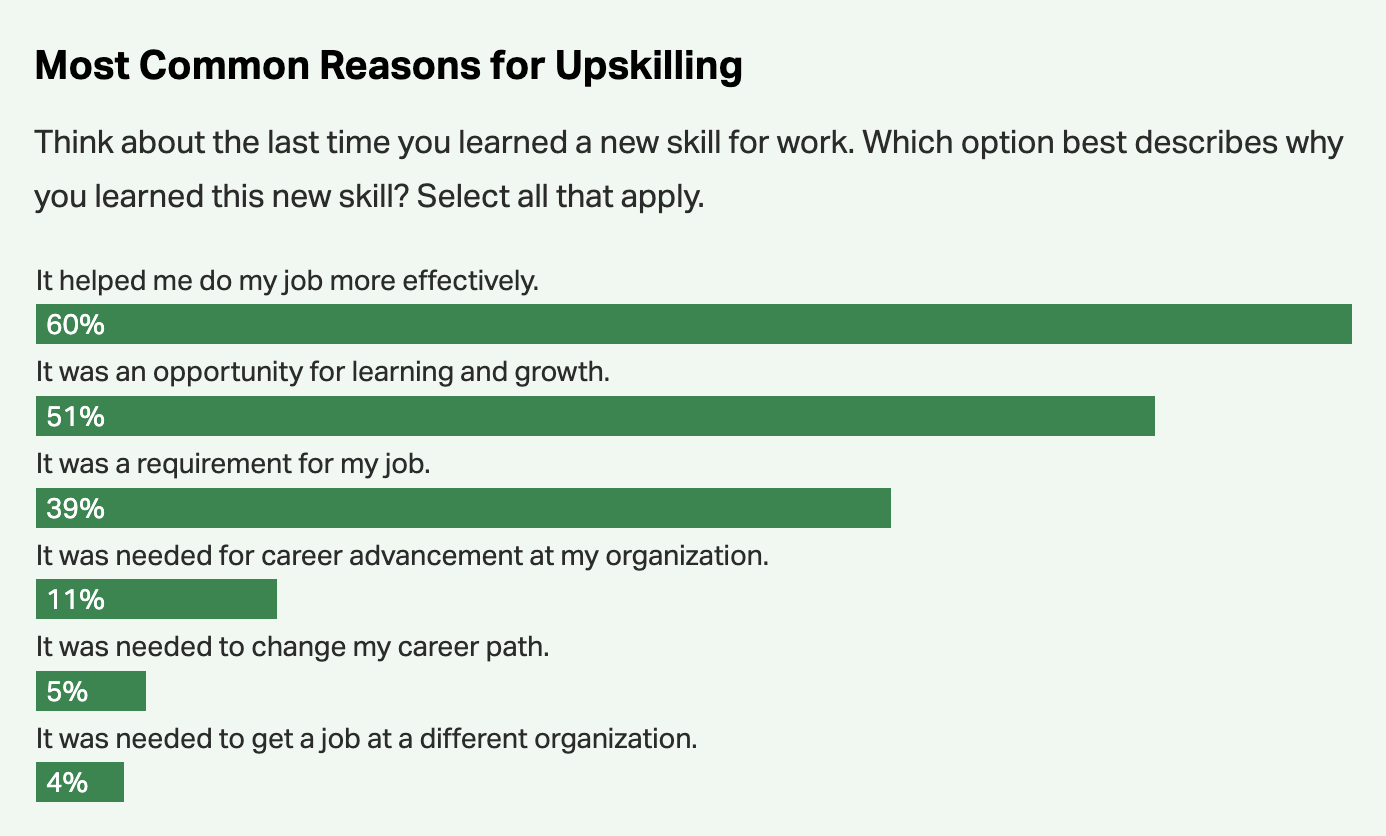Samsung, Pepsi and other brands apply AR and AI technology to outdoor advertising
Technology is a powerful “assistant” for creative work if the brand knows how to use it properly and in moderation. Taking advantage of the extraordinary power of technology in advertising will demonstrate the brand’s ability to hold the role of “locomotive” in the field. This is also an effective way to help the brand expand its value and stay longer in the minds of consumers. A note for creators: do not abuse technology and forget the spirit and story of the brand.
Samsung invented a safe truck that can reflect traffic ahead through a large screen placed on the back of the vehicle. Pepsi brought augmented reality technology to outdoor billboards. The Times magazine recreated the voice of the deceased president: John F. Kennedy. IBM created a stop-motion animation with real atoms. Let’s explore the amazing ads from four major brands through the article below.
In Argentina, there are 12.4 traffic fatalities per 100,000 people each year, according to the 2014 Annual Road Safety Report. Argentina is also considered one of the countries with the most dangerous roads in the world. According to the report, most of the accidents occur on two-lane roads during situations of overtaking trucks. Samsung realized that this sad reality could be changed with a simple idea: helping cars behind trucks see the road ahead before deciding to overtake.
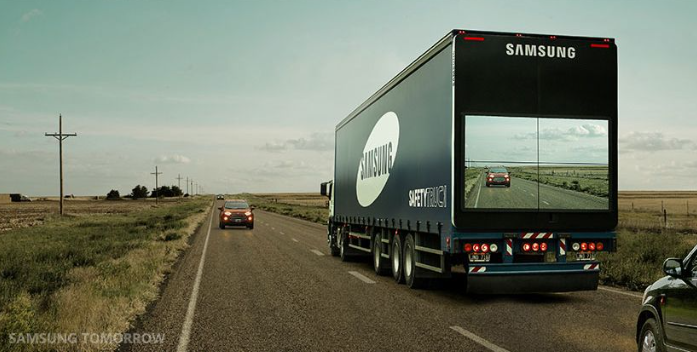
Specifically, Samsung has installed a wireless camera on the hood of the truck. The camera is responsible for recording all traffic developments ahead and sending data to a large screen located at the back of the truck. Thanks to that, drivers behind the Safety Trucks can better assess the safety of the traffic ahead if they ask to overtake. Samsung’s camera can also work well in low outdoor light conditions. Despite its simplicity, Samsung’s idea has received a lot of attention as no other brand has tried something like this before.
Samsung has been working on the “Safety Truck” since 2016 but it is still just a prototype. The tech company said that at least they have been able to confirm that the invention works well and will definitely save many lives. However, a representative from the brand said that Safety Truck still needs to be improved further, for example: adjusting the screen light to suit the driver’s vision at night, adapting to bad weather conditions, etc. In addition, Samsung said that the idea also needs to conduct many tests to be approved by each country if it wants to be applied in practice.
This is not the first time Samsung has applied technology to support driving safety. In 2014, Samsung released the “Eyes on the road” application in the Singapore market, which automatically blocks the driver’s phone signal as soon as the vehicle’s speed exceeds 20km/h.
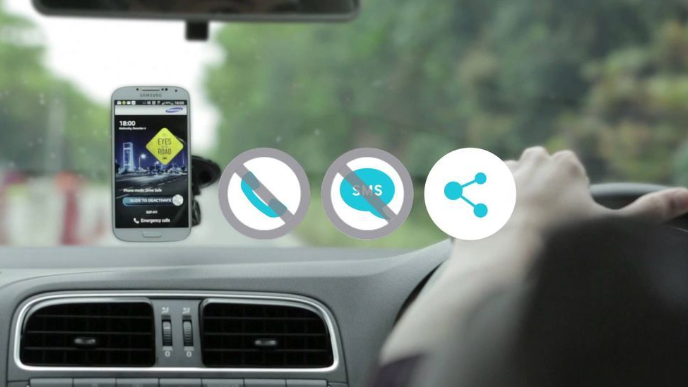
The “Eyes on the road” application will block communication signals and send a message to notify its owner that it is currently not convenient to use the phone
Pepsi Max is a zero-sugar, low-calorie beverage from Pepsi, first introduced in 1993 in the Australian, British and Italian markets. Pepsi Max’s ingredients include ginseng and caffeine, which helps users stay more alert than other products of the company. Continuing the brand’s message of “Live for now”, in 2014, Pepsi Max teamed up with agency Grand Visual to bring the “Unbelievable” spirit that the product line represents into practice.
The bold idea of a DOOH (digital out-of-home) campaign with real interaction was deployed, aiming to provide an unforgettable experience and create a strong emotional “push” for customers like the unique taste of Pepsi Max can bring. Taking advantage of the fact that waiting for the bus is the most boring time for many people, Pepsi placed DOOH billboards at a bus stop on New Oxford Street (London, UK). Integrating cameras and AR (augmented reality) technology, the billboard simulates a fake window, where users can “witness” the most unbelievable events happening on the street.
A pedestrian is suddenly grabbed by a giant tentacle of an octopus emerging from a sewer, a wild tiger leisurely walks with many pedestrians on the sidewalk, aliens suddenly visit Earth, … All take place dramatically and interestingly through the “lens” of the billboard thanks to AR technology. To make the scene displayed on the screen more vivid and realistic, the creative team installed a sensor that adjusts the animation to match the actual lighting conditions. Unable to hide their excitement, users actively interacted as well as excitedly took photos and videos of Pepsi’s billboard. 
The campaign was a huge success, attracting more than 8 million views on YouTube. Of which, 3 million views were achieved after only 5 days of posting the video. A “fever” of news about “Unbelievable” appeared in Brazil and Australia, bringing the campaign to reach more than 385 million people. Pepsi Max sales increased 35% in the month of its launch compared to the same period in 2013. In addition, “Unbelievable“ also helped Pepsi bring home more than 20 awards, including a Bronze Award in the Out Door category at the 2014 Cannes Lions.
American citizens will probably not forget November 22, 1963, the day when President John F. Kennedy (JFK) was assassinated while traveling to Dallas (USA). The speech he planned to deliver on that fateful day seems to have been forever silent. Using the power of artificial intelligence, The Times and agency Rothco recreated the voice of President JFK during his speech in Dallas, winning the prestigious Grand Prix in the Creative Data category at Cannes Lions 2018.
Rothco spent months researching and collecting every available audio clip of the president. Finally, combining a total of 831 speeches JFK ever gave, Rothco completely recreated the Dallas speech from 60 years ago that the president never delivered. The incredible audio clip is the result of the creative team’s meticulous selection of each timbre, smoothing the sounds to combine them as uniformly as possible.
Witnesses to the horrific assassination in 1963 expressed their overwhelming emotion when hearing JFK’s voice for the first time after nearly a century. In fact, “JFK Unsilenced” is part of The Times’ “Find your voice” campaign. The campaign targets a global audience, pursuing the goal of repositioning The Times as a newspaper that represents many different voices.
“A Boy and His Atom” is a short stop-motion animation produced in 2013 by IBM Research. This work was awarded the Guinness World Record for the world’s smallest stop-motion animation, which can be considered one of the most memorable achievements of the technology giant IBM.
The film tells the story of a boy made up of tiny atoms playing with other small atoms. The atoms constantly separate and recombine into the boy’s body, allowing him to create many interesting shapes. However, the highlight of the video is not the content but the way it was created. IBM actually made the film with real atomic “actors”.
The creative team of four researchers had to continuously move carbon molecules, using microscopes and a device that can magnify up to 100 million times to save the most realistic images of molecules and atoms. Each image is 45 x 25 nanometers in size (1 nanometer is 1/1,000,000,000 times a meter). These images are then continuously combined together to create movement, making a short film just over 1 minute long. IBM created a total of 242 still images using 65 carbon monoxide molecules, taking two weeks and more than 18 hours a day to complete the film.
“The film is a fun way to share knowledge about the atomic scale without having to convey a scientific message that is too straightforward and dry,” said project leader Andreas J. Heinrich. “A Boy and His Atom” reached more than 1 million views within 24 hours of being posted, with more than 27,000 likes.
By Deck of Brilliance



